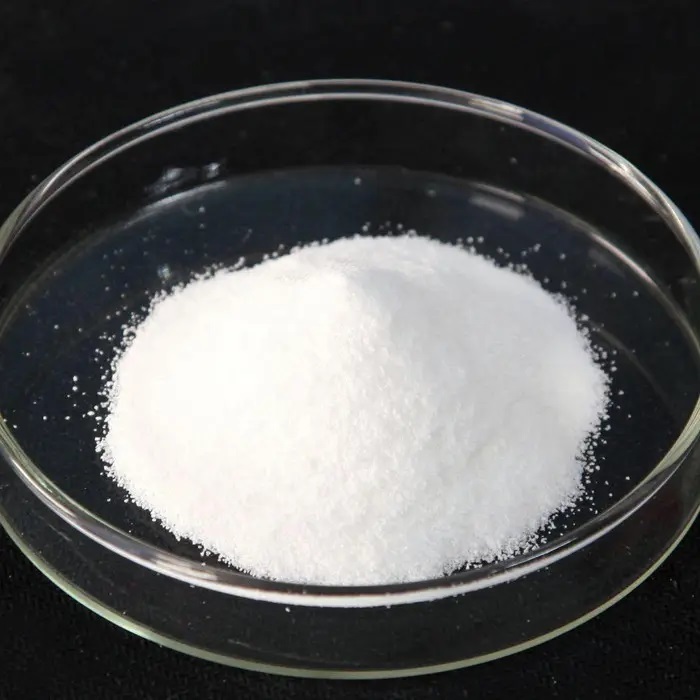Flame retardants are functional additives that make flammable polymers flame retardant. They are mainly designed for flame retardancy of polymer materials; flame retardants include There are many types, which are divided into additive flame retardants and reactive flame retardants according to their usage methods.
Additive flame retardants are added to polymers through mechanical mixing methods to make the polymer flame retardant. Currently, additive flame retardants mainly include organic Flame retardants and inorganic flame retardants, halogen flame retardants (organic chlorides and organic bromides) and non-halogen.
Organic are some flame retardants represented by bromine, phosphorus, nitrogen, red phosphorus and compounds, and inorganic are mainly antimony trioxide, hydrogen Magnesium oxide, aluminum hydroxide, silicon-based and other flame retardant systems.
Reactive flame retardant participates in the polymerization reaction as a monomer, so the polymer itself contains flame retardant components. Its advantage is that it is suitable for polymer materials. It has less impact on performance and long-lasting flame retardancy.

Textile fiber types include natural fibers, man-made fibers, and synthetic fibers, among which cotton, polyester, and wool fibers are used in the largest amounts.
Textiles have a larger fiber specific surface area and because they burn more easily, fire spreads more quickly.
Suspended fabrics are flammable due to their large exposed area, and flames can flash across the surface. All conventional fabric fibers are flammable, differing only in flammability. With the introduction of synthetic fibers, the ignition hazard of textiles has decreased.
Lightweight fabrics made of thermoplastic fibers show a certain degree of self-extinguishing properties due to the existence of melting droplets, but heavy fabrics adhere due to the melted polymer Stronger and more likely to burn.
The actual purpose of flame-retardant treatment of decorative fabrics is to slow down the spread of flames and reduce the release of toxic gases.
The flame retardant finishing methods of fabrics include:
1. Modify during the polymerization process, that is, copolymerize the flame retardant with the polymer monomer in the conjugate stage, or introduce difficult to the polymer chain The fuel group is grafted and modified;
2. Modification during the spinning process, that is, adding a certain amount of flame retardant to the polymer before spinning and forming, and then mixing and processing to make the flame retardant The fuel agent is evenly dispersed in the polymer melt;
3. Modify during the post-finishing process, that is, use methods such as padding, baking, high-temperature and high-pressure impregnation, and coating to fix the flame retardant on the fibers. Or on fabrics, thereby achieving flame retardant effect.

 微信扫一扫打赏
微信扫一扫打赏

